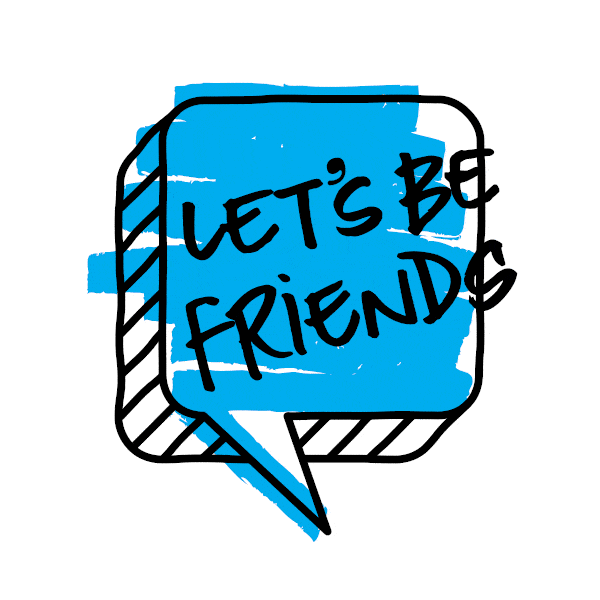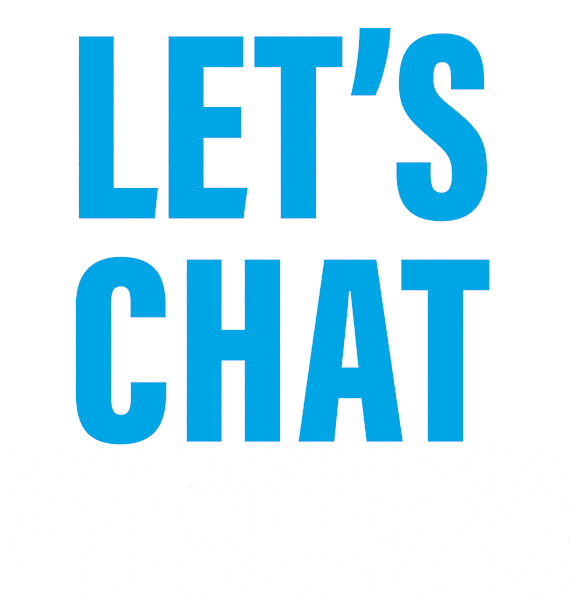In creative reviews, we often hear the same questions on loop: “Does it look on brand?” “Is it attention-grabbing?” “Will this get clicks?” And while those questions have their place, I’d argue they’re not the right starting point. Not anymore.
Here’s the challenge: stop asking what creative looks like. Start asking what it feels like.
Because great creative isn’t a style, it’s a reaction.
It’s the sharp inhale.
The caught breath.
The “oh wow, I wasn’t expecting that.”
The feeling that stays with you, not just a logo.
If your idea doesn’t make someone smile, gasp, pause or double-take, go back to the drawing board.
Or better yet, start over.
Looks are Easy. Feeling Takes Work.
Anyone can make something that looks clever. Our industry is overflowing with beautiful work that says absolutely nothing.
Real creativity cuts deeper. It doesn’t just speak, it resonates. It makes people feel seen, surprised, inspired or understood. Because when your work hits someone emotionally, it doesn’t just interrupt their scroll. It invites them in.
Take Colgate’s “Not every smile starts as a smile” campaign. If you have ever alligator wrestled a child this ad will stick with you. While most ads in this vertical show the positive outcomes, this ad shows the work it takes to get there. Parents see themselves in the rawness of those moments: the tantrums, the tears, the quiet victories. It reminds us that a child’s smile is often hard-earned. It’s not about toothpaste. It’s about the emotional reality of parenthood.

Or look at Tobacco Stops With Me’s “Talk About Tobacco”. Research revealed that while parents know they need to talk to their teens about vaping, many don’t know how to start. This ad mirrors that hesitation, showing the quiet moments when both parent and child are asking the same questions, but no one is saying them out loud. The wall becomes a powerful metaphor for all the things left unsaid.
It doesn’t take a lot of words to create empathy and urgency. It shows that silence can grow roots. And the longer we wait, the harder it is to reach through. This is creative that doesn’t shout, but it stays with you. And it nudges parents to do the one thing that changes everything: start the conversation.

On the other end of the spectrum, there’s Burger King’s “Moldy Whopper” campaign. In a category built on sizzling grill shots and juicy close-ups, this ad leaned into discomfort to earn trust. It broke all the rules. It doesn’t ask you to crave a burger. It dares you to reconsider what’s in one.


Metrics Still Matter, but Emotion is the Multiplier
Performance is important and creative needs to drive results. But the most efficient media buy in the world can’t save an idea no one cares about.
What makes someone share a spot in their text thread?
What earns a pause in a feed?
Emotion is the multiplier.
When something sparks joy or gives you stitches from laughing, we want to share it. And I’m always the first to pause for an ad that makes me cry, because that’s when it stops being content and starts being human.
It’s what builds loyalty, not just awareness. In other words, the heart is where the ROI lives.
Safe is the Enemy of Strong
If your campaign sails through approvals without a single raised eyebrow, it probably won’t raise any pulses, either.
The work that feels like something usually started as something that felt risky.
We need to stop chasing consensus and start chasing truth. Truth is uncomfortable. Truth is human. And truth is what gets remembered.
So let the next brainstorm feel a little messy. Let the next round be too weird, too raw, too real, before it gets watered down.
Great creative doesn’t whisper. It provokes.
The Gut Check
Here’s a simple test. After every concept, every script, every headline, ask yourself:
Does this idea do anything to me?
Does it nudge me? Delight me? Challenge me?
Does it make me feel something real?
If the answer’s no, it really doesn’t matter how good it looks.
Audiences don’t fall in love with ideas just because they look good or follow a brand guideline. They connect with brands that make them feel something. That’s what moves people—and that’s what makes the work matter.
So Here’s Your Creative Brief, No Matter the Client
Make them smile.
Make them gasp.
Make them feel a little more alive.
Make them stop and think.
Make them see something familiar in a new way.
Make the next step feel easy — and worth it.
Make healthy feel possible.
Make change feel personal.
Make knowledge stick, not slide by.
And if your work doesn’t?
You know what to do.
Start over — and this time, lead with feeling.









